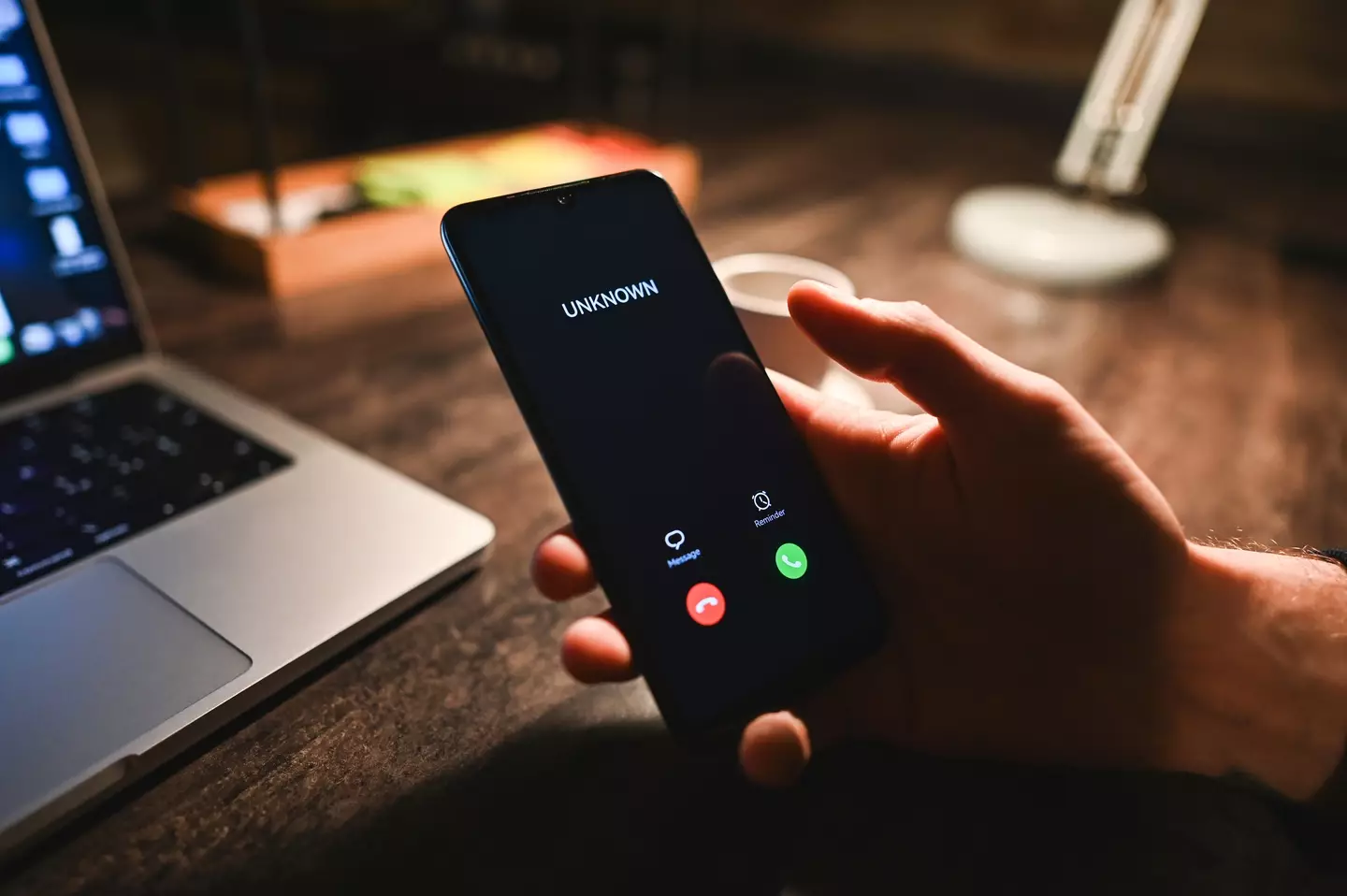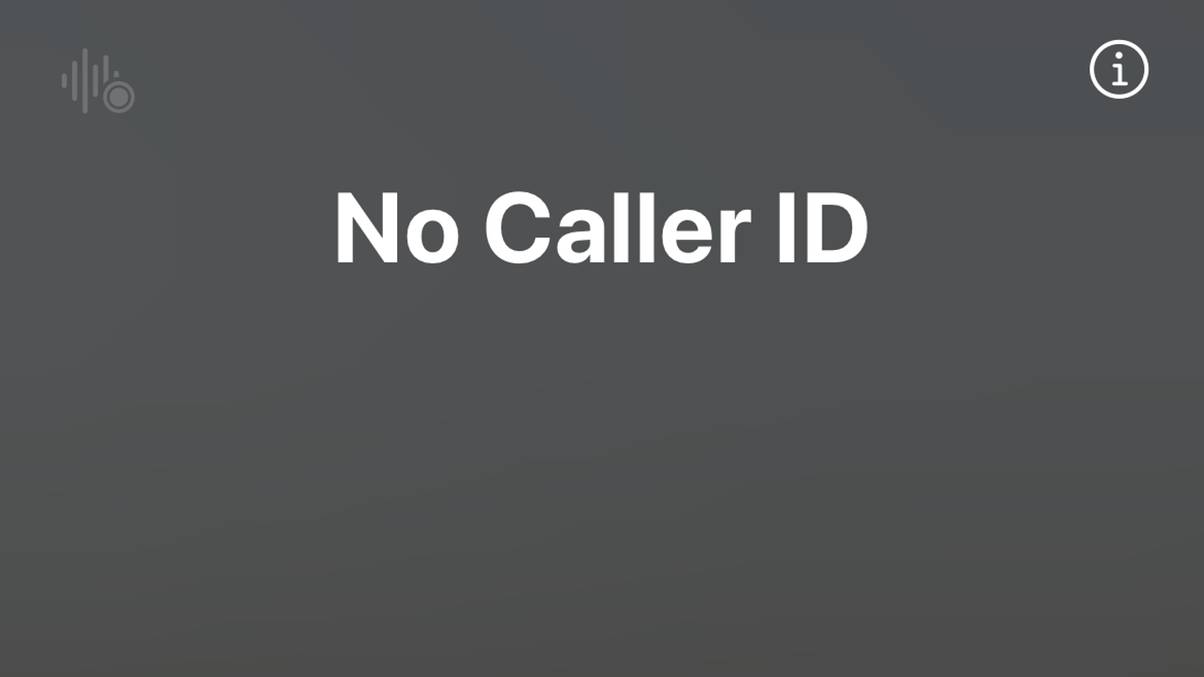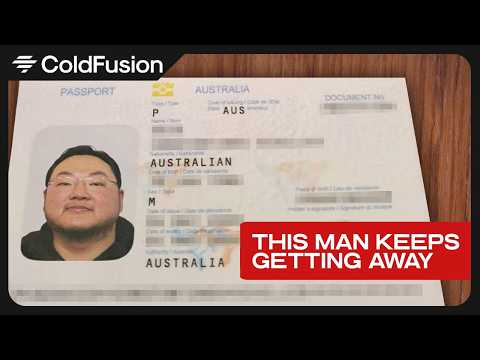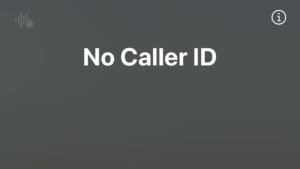What You Don’t Know About ‘No Caller ID’ Calls Could Cost You—Experts Reveal Shocking Danger
Ever found yourself staring at your phone, debating whether to answer a call labeled ‘No Caller ID’? You’re not alone – it’s like a mystery box ringing, tempting curiosity but lurking with potential mischief. Turns out, there’s a sneaky difference between ‘No Caller ID’ and an ‘unknown caller’: the former is someone purposely hiding their number (often scammers playing cloak-and-dagger), while the latter might just be your phone throwing a network tantrum. But don’t let that little message fool you—it could be the gateway to a parade of telemarketer torture, or worse, your voice pirated for some high-tech identity heist. So, before you hit that green button, ponder this: is your curiosity worth the risk of ringing into a phishing scam or letting the robocallers know your number is live? Sometimes, silence really is golden. LEARN MORE
Experts have warned those who like to answer calls that they receive under ‘No Caller ID’.
The difference between ‘No Caller ID’ and ‘unknown caller’ has been outlined recently, with the former meaning that a person has decided to withhold their number from you.
This can be done by dialling 141 before entering someone’s phone number, or by changing your own settings to restrict your calls – though this a move often pulled by scammers.
On the other hand, an ‘unknown caller’ can indicate a problem with your phone’s mobile network.
Even if you know what’s being done, seeing the ominous text pop up on your screen can be daunting to some, or enticing to others who may want to pick up and find out who it really is.

Experts have revealed if it’s safe to pick up an unknown call or not (Getty Stock Image)
Should you pick ‘No Caller ID’ or ‘unknown caller’ phone calls up?
According to the tech experts over at Norton, you should avoid these calls at all costs, unless you’re expecting someone to call you.
Whether it be waiting for news on a loved one who’s ill, hearing back on a job interview, or being told to expect a ring from an unknown number, these are the instances you can probably pick the phone up for.
While unknown callers are less risk than No Caller ID, as it could simply be someone you know experiencing network issues, it’s always safer to let it go to voicemail, or even wait for a text so they can confirm it’s them.
Why you wouldn’t want to pick the phone up
In the majority of situations, you should probably let it ring, according to experts who have outlined three reasons why you should let it go.
Signalling your number works
Whether it be a telemarketer, robocaller, or scammer, picking the phone up indicates that your phone number is active, which could lead to more unwanted calls in the future from the original caller, or others after it’s been sold to others.
Social media users have even revealed that they get repeat calls where nobody speaks, almost as a tactic to find active numbers.
Your voice could be recorded for fraud
A criminal may record your voice for fraudulent purposes, as a simple ‘yes’ or ‘hello’ could mean that your soundbite is edited and used to commit identity theft.
This is the age of AI, after all.
Accounts could be opened in your name, and money could be taken from your account.
It could be a phishing scam
They could also be voice phishing, with fraudsters often posing as charities, banks, or law enforcement to take your personal information and potentially scam you.

You could be getting scammed (Getty Stock Image)
How do you block ‘No Caller ID’ and ‘unknown caller’ phone calls?
It takes a simple tweak of your phone’s settings – iPhone users simply have to silence them by opening Settings, selecting Phone, clicking on Silence Unknown Callers, and toggle the switch to turn it on.
Android users can actually block unknown callers completely, changing settings so your phone can decline the call.
Firstly, open the Phone app, tap the Three Dots at the top right of the screen, click on Settings and then Block Numbers, before toggling the switch next to Block Calls From Unknown Numbers to switch it on.
Auto Amazon Links: No products found.














Post Comment